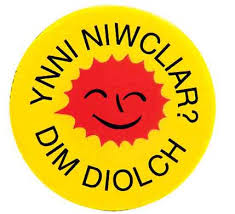 Our Victorian image of Christmas (for which much credit must go to Coca-Cola) is of small independent shops with small gifts, roasting chestnuts and hanging turkeys.
Our Victorian image of Christmas (for which much credit must go to Coca-Cola) is of small independent shops with small gifts, roasting chestnuts and hanging turkeys.The retail reality is superstores surrounded by acres of concrete, and recently the cardboard wrappings of the winter mailorderland.
The small town of Deal (and to an extent the larger city of Canterbury) is at its best around Christmas, with a good selection of specialist shops among the national chains.
In no particular order I'd like to promote some of my favourites, in the hope that their Christmas will be a bountiful one and that they'll still be here next year.




Between showers I took a short stroll along Deal pier (it is, after all, only a short pier, and to have a long stroll could be hazardous).
 Stumpy the turnstone, who has returned to the pier for the last five years or so, seems to be losing the toes on his other foot now, but still manages to get around, scavenging scraps from the fishermen.
Stumpy the turnstone, who has returned to the pier for the last five years or so, seems to be losing the toes on his other foot now, but still manages to get around, scavenging scraps from the fishermen.











































